DREAMING OF PORTUGAL

Studded with stunning seaside towns and peppered with centuries-old markets, this Mediterranean paradise offers the ideal summer getaway
Perched atop the mountainous Iberian Peninsula, Portugal, a South European country, has all the trappings of a tourist destination. However, you can enjoy the off-beat experience if you know what to do and where to go. We explore three important cities, each offering something different.
Lisbon
The capital city of Lisbon is a good place to start. Steeped in culture, it’s adorned with breathtaking Manueline style (a gothic style incorporating nautical elements) architecture, an ode to the nation’s powerful maritime empire.
The Tower of Saint Vincent, popularly known as Belém Tower, is a major tourist attraction. A UNESCO World Heritage Site, it served as a ceremonial gateway to Lisbon in the 16th century. Fashioned from lioz (an ornamental type of limestone) during the peak of the Portuguese Renaissance, it incorporates Manueline and other artistic styles. Overlooking the Tagus River, it’s composed of a hexagonal bastion and four-story rectangular tower; take the stairs to the second floor of the tower to enjoy spectacular views of the river.
Castelo de São Jorge, Carmo Convent, Sé Cathedral, Monastery of São Vicente de Fora, São Roque Church and Jerónimos Monastery are other architectural wonders to behold.
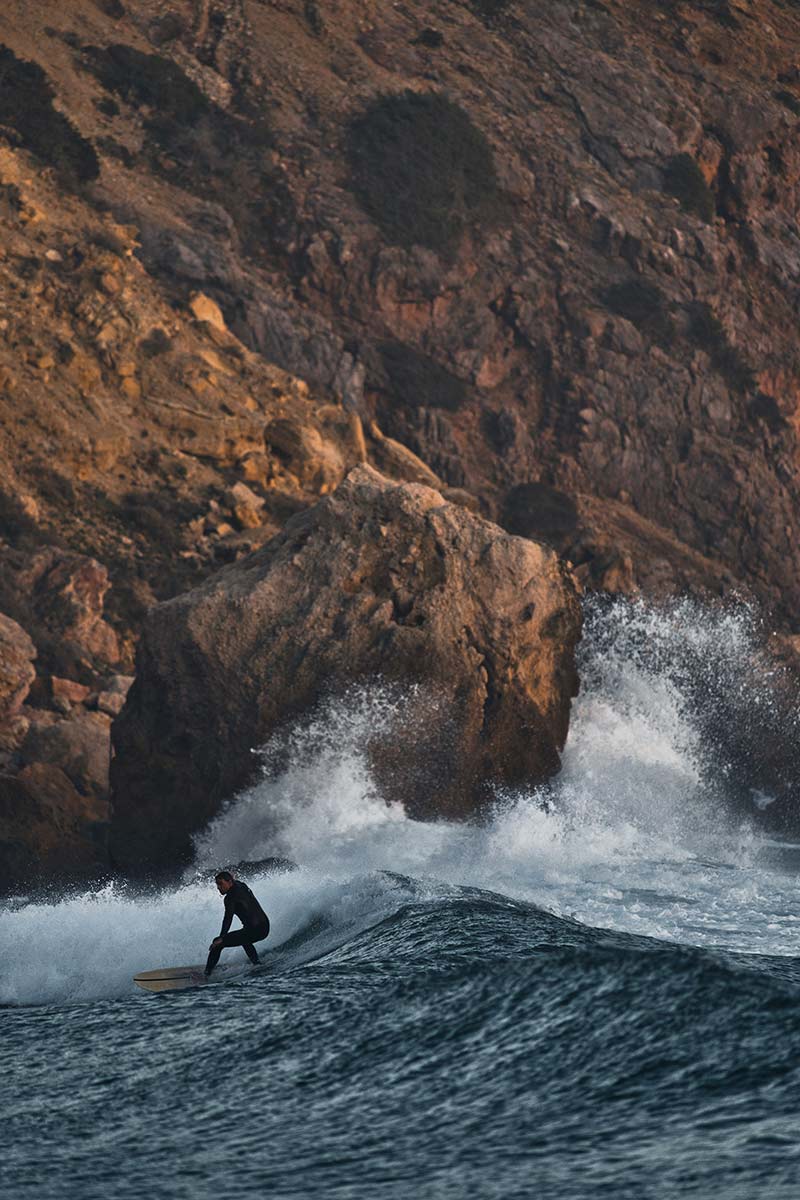

Art lovers must pay a visit to the National Azulejo Museum, which houses the finest craftsmanship collection of blue ceramic tiles from the second half of the 15th century to the present day. The National Museum of Ancient Art has on display over 40,000 items spanning a vast collection of paintings, sculptures, goldware, furniture, textiles, ceramics and prints. Calouste Gulbenkian Museum is also well-known. While you can experience local fado music at the Fado Museum in the Alfama district of Lisbon, we recommend heading to a local cafe or restaurant; most have fado music playing – for free! You can also find musicians serenading passers-by with spontaneous street performances and small stage shows in Mouraria, a vibrant, multicultural neighbourhood in Lisbon. The genre is said to evoke a sense of nostalgia or ‘saudade’.
Markets have been held in Lisbon for centuries. Housed inside an old-school iron structure built in the 1930s, there is one offering creations by top local chefs, as well as modern takes on rustic dishes. Looking for something more home-grown? We have you covered; LX Factory Sunday Market sells vintage clothing, art, handmade gifts and food; Feira na Avenida, a monthly flea market, is held during the second week on Avenida da Liberdade. Dubbed by the locals as Champs-Élysées, the avenue is close to highend fashion brands such as Armani and Prada and offers irresistible bargains – be brave, haggle!
Lisbon has many food and produce markets too; wander around Mercado de Campo de Ourique and make a pitstop at the many gourmet food stalls, or head to Mercado Biológico do Principe Real for edible souvenirs such as home-made cakes, organic grapes, local honeys and cheeses.

The Algarve
While the weather is warm, even hot at this time of the year, the average temperatures don’t exceed 28 degrees during the day; evenings are generally balmy. Moreover, there’s respite from the heat courtesy of Atlantic Ocean.
Home to some of the world’s best beaches lapped by clear waters and surrounded by scenic views, the coast of Algarve is a great place to soak in the European summer; Praia da Marinha near Lagoa town is surrounded by steep cliffs that offer a view of the blue expanse; the M Rock formation, also known as the Cathedral, is popular – when seen from the angle where it merges with other rocks, it looks like a heart – what’s not to love? Clear, turquoise waters offer the perfect setting for a snorkelling adventure. Boat tours and hiking trails across the sculptural rocks are also available.
The Algarve is known for its rock formations; Benagil Sea Cave has a hidden beach and can be accessed via one of the many boat tours; you could swim or rent a kayak or standup paddleboard too.
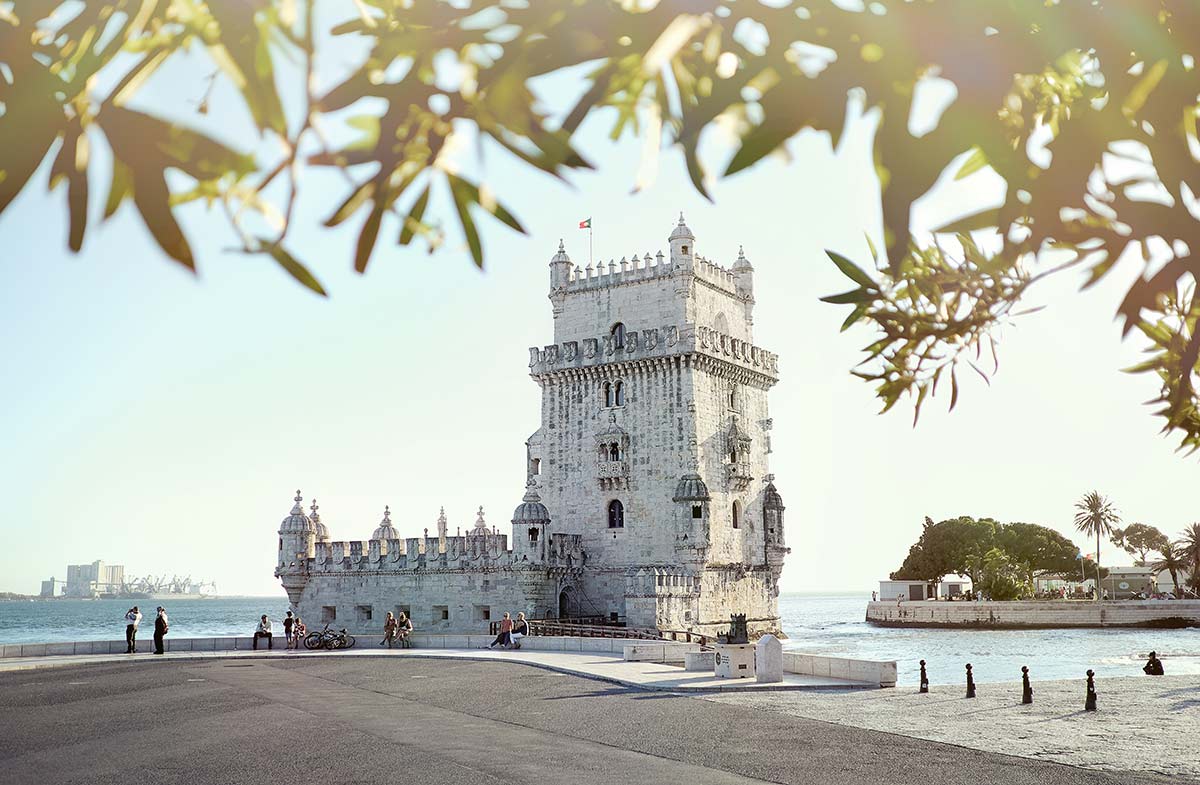
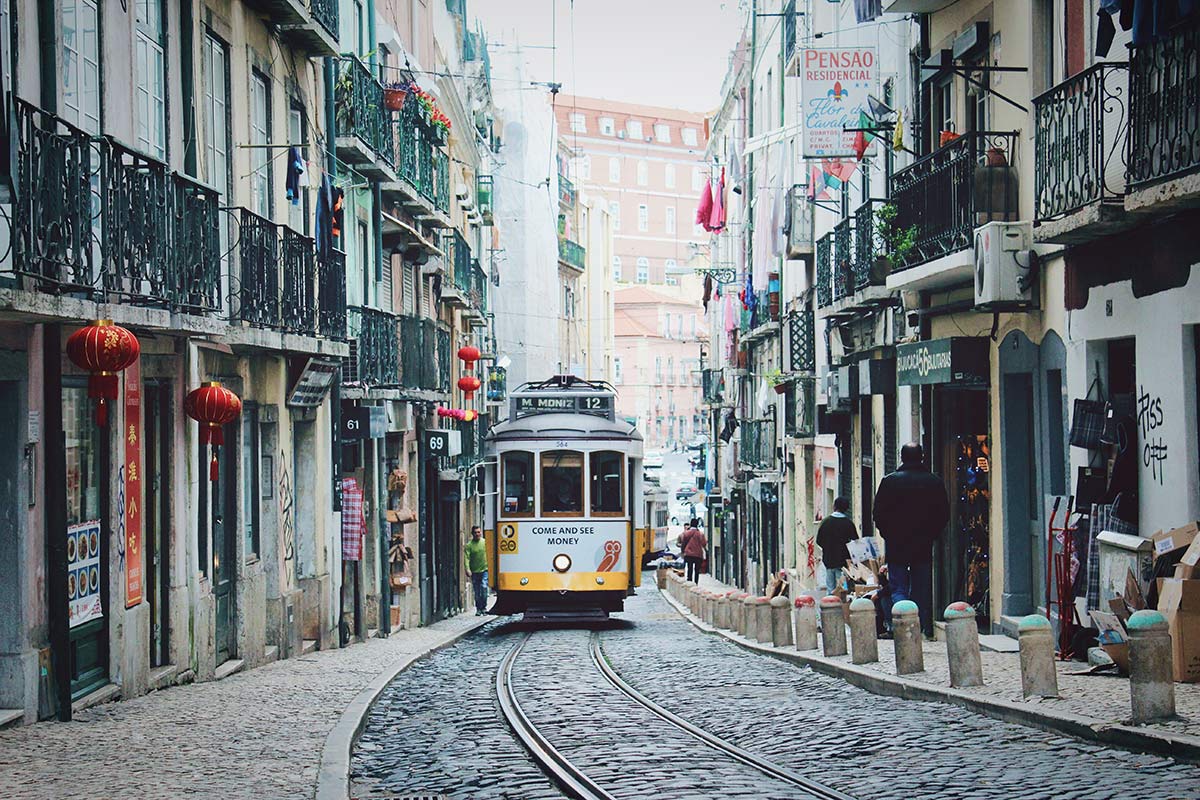
Dubbed one of Algarve’s best-kept secrets, Praia (beach) do Carvalho’s crystal-clear waters teeming with rich marine treasures make it an ideal snorkelling spot. Cliff diving is also common as are boat tours, hiking and rock exploring.
Praia da Bordeira is popular with surfers and nature lovers. Located in Vicentine Coast Natural Park, it boasts dramatic nature; beautiful cliffs, deep valleys and a rich landscape that you can discover on the hiking routes. The neighbouring Praia do Amado is another surf beach to explore as is Praia dos Arrifes.
Praia do Barril and Praia de Cacela Velha are relatively quieter beaches, if that’s what you’re looking for. Being part of former fishing communities, they offer a spot of history. The Anchor Graveyard behind the beach pays tribute to the maritime heritage of Barril village; the charming Cacela Velha village has rows of Algarvianstyle fishermen’s houses in typical white with blue, orange or yellow highlights and there’s a 16th century church and fortress.

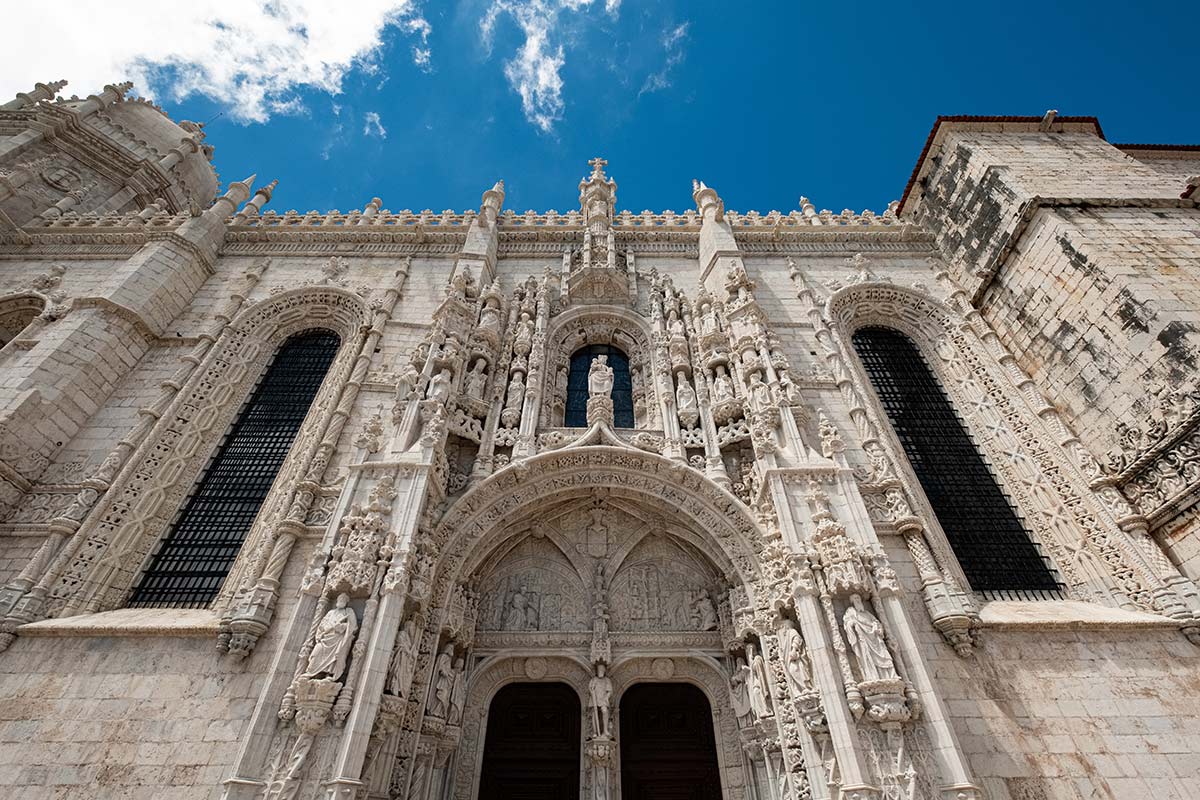
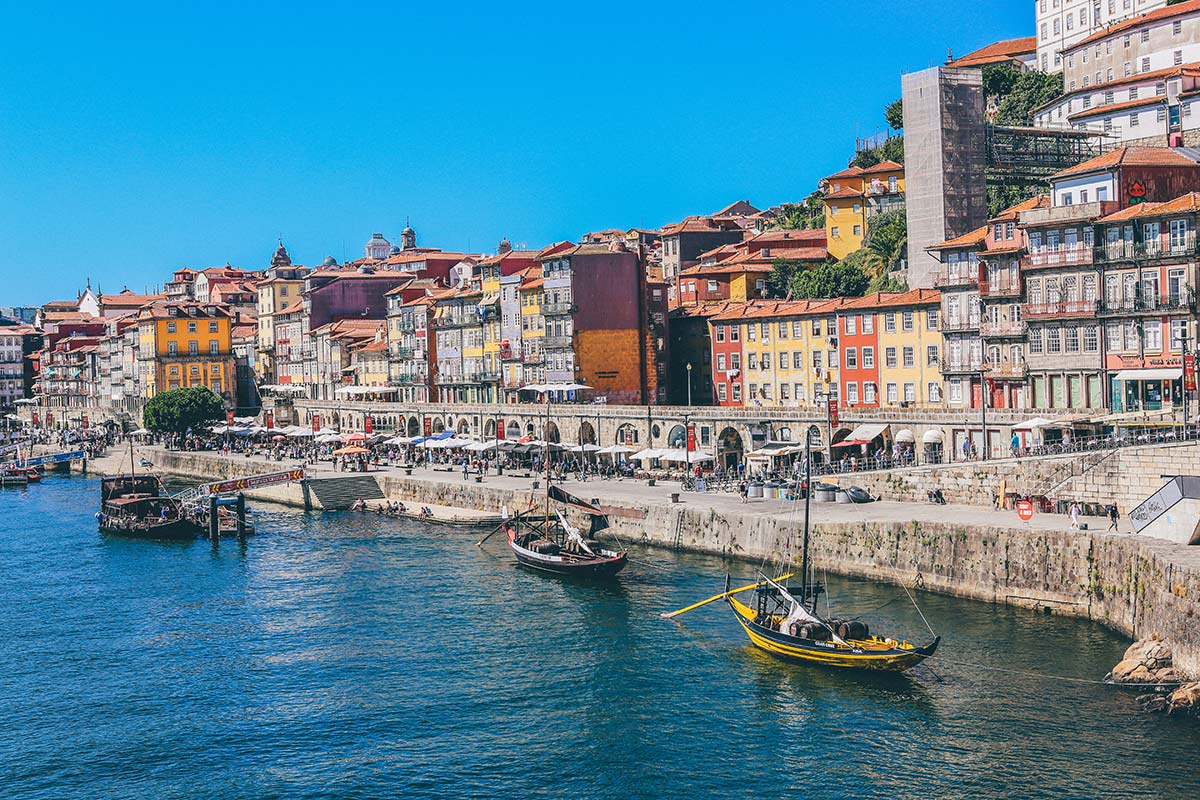
If you’re looking for something more high-end, spend a day at Praia do Ancão, a Blue Flag- winner (the world’s most recognised award for clean beaches, marinas, etc.), which lies within the ‘Golden Triangle’ – Algarve’s most affluent resort hub. Part of Ria Formosa Natural Park, it’s backed by pristine sand dunes and pine trees. It offers a range of watersports from water-skiing and wakeboarding to stand-up-paddle and kayaking. Exclusive, private areas are also available. There are a number of dining options; the acclaimed Dois Passos serves mouth-watering, Algarvian tapas – or petiscos as the Portuguese say – and Mediterranean flavours using fresh fish and crustaceans sourced daily from the local markets.
A seafood haven, Portugal is home to many restaurants serving the treasures of ocean; Polvo à Lagareiro is a popular dish made with octopus that’s been cooked in generous amounts of local olive oil, it has a unique fruity and slightly bitter taste and is served, baked or roasted, with potatoes. Portuguese codfish and sardines are revered by locals and tourists alike.
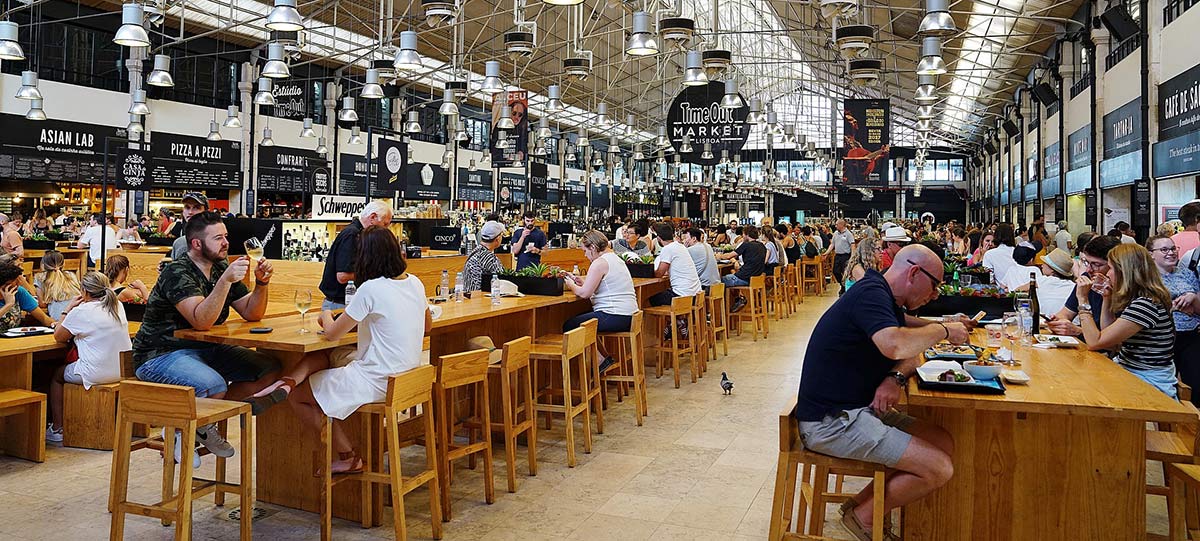
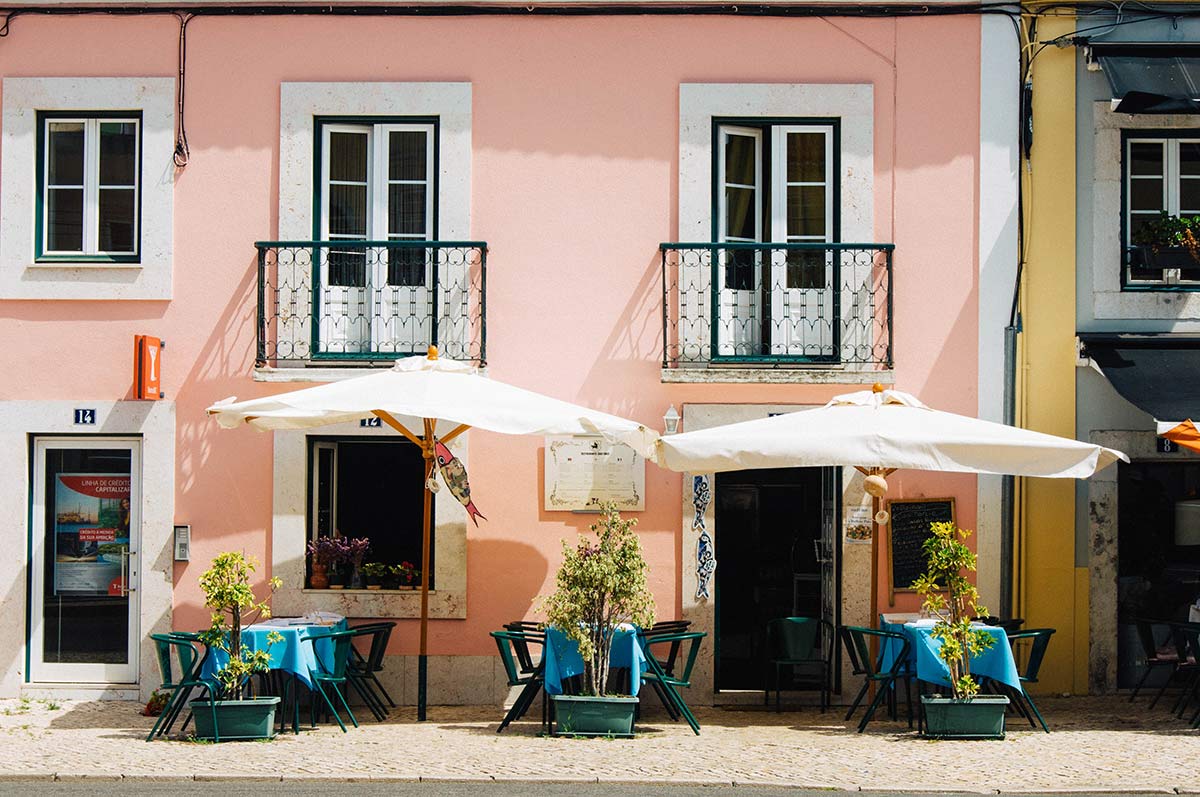
Porto
Bacalhau à Gomes de Sá is a hearty codfish casserole created in Porto; there are other bacalhau variations such as bacalhau à Brás, which is said to have originated in Bairro Alto, an old quarter of Lisbon; bolinhos de bacalhau or cod balls are a popular petisco item. Sardinha Assada (grilled sardine) is a standar, classic main dish. Tripas à Moda do Porto (Tripe Porto style) is another one to sample.
Francesinha is the most popular native snack; typically served with chips, it’s a sandwich piled with wet-cured ham, linguiça (a seasoned smoke-cured sausage), fresh sausage such as chipolata, and steak or roast meat and buried under melted cheese and a hot, thick, spiced tomato sauce. Bifanas a Moda do Porto is a meat sandwich made the local way – variations with different marinades are made across cities. Porto is known for its vibrant nightlife. In the evening, Ribeira district lights up with its many lively bars; the nocturnal beasts best head to Galerias de Paris street, which is known for its party scene. During the day, explore one of Porto’s most beautiful neighbourhoods, Praça da Ribeira; a historical city centre and UNESCO World Heritage Site. Visit Cais da Ribeira, a riverfront promenade; a charming picture postcard neighbourhood with pastel houses and cobblestone streets. Tuck into delectable gastronomic delights by the riverside. The restaurants serve some of the best petiscos and local fare. Sip on the national fortified beverage, an internationally renowned grape made in Douro Valley and conventionally paired with dessert. Afterwards, take a boat tour across the Douro River. Vila Nova de Gaia is peppered with cellars offering tours and tastings.

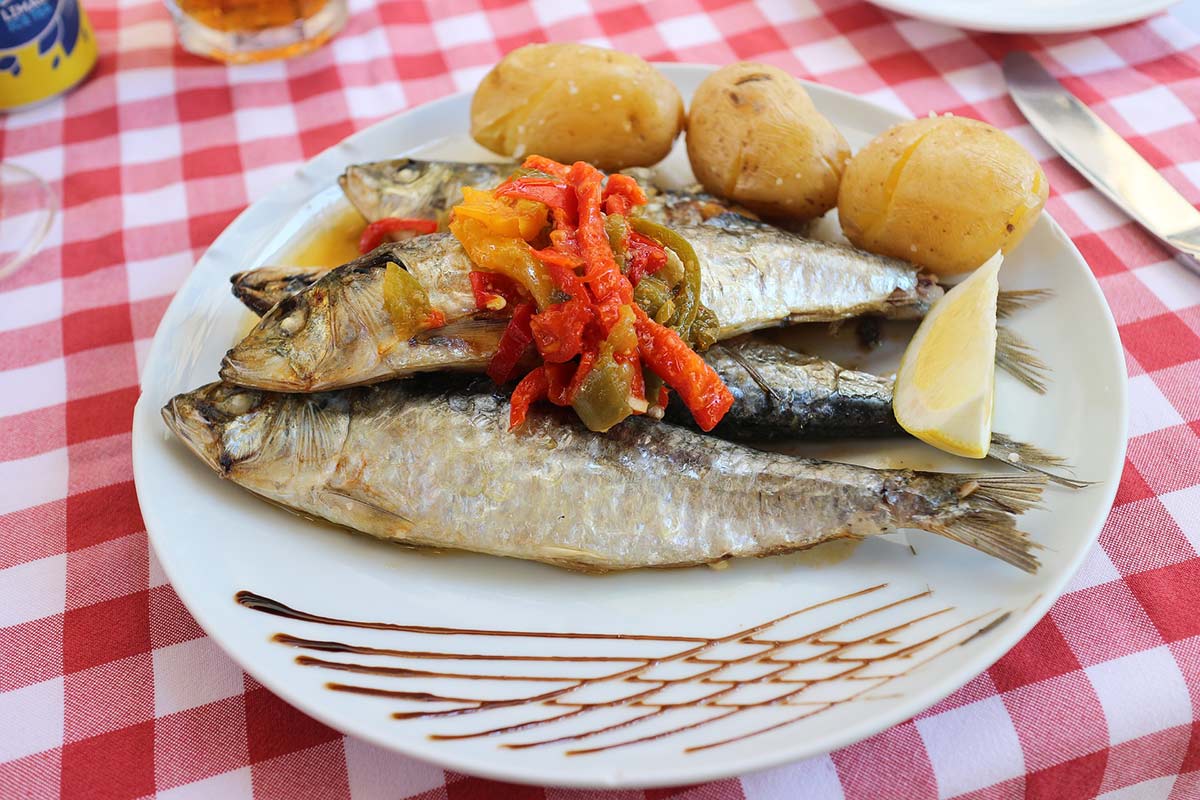
Sweet Nothings
Popular Portuguese desserts to try include Pão de Ló (sponge cake). It’s what the locals call ‘conventual desserts’, meaning pastries that were made by nuns living in convents and monasteries in the 15th century, which have now become a part of the local cuisine. They were made with lots of egg yolks and large amounts of sugar, as well as almonds and cinnamon. Some others include Queijadas de Sintra and Queijadas de Évora – both cheese tarts, Tíbias de Braga – puff pastry with cream filling and dusted with powdered sugar, and Sericaia – egg pudding.
No trip to Portugal is complete without trying the iconic Pastel de Nata or egg custard tart; creamy custard in a flaky pastry shell with a hint of cinnamon, it’s divine when paired with Portuguese coffee. Said to have originated in at the Jerónimos Monastery in Santa Maria de Belém in 1837, they were baked and sold by monks who were expelled during a revolution in 1820, as a source of livelihood. They became popular when a small store attached to a sugar refinery began selling them to visitors.
Chocolate salami is another intriguing one; it’s made with Maria biscuits coated in dark chocolate – though variations with nuts are also made – and the marbling effect is what gives the dessert its name. Portuguese almond tart and cake are equally divine – the country is a top almond producer in Europe. ✤






























Comments are closed.